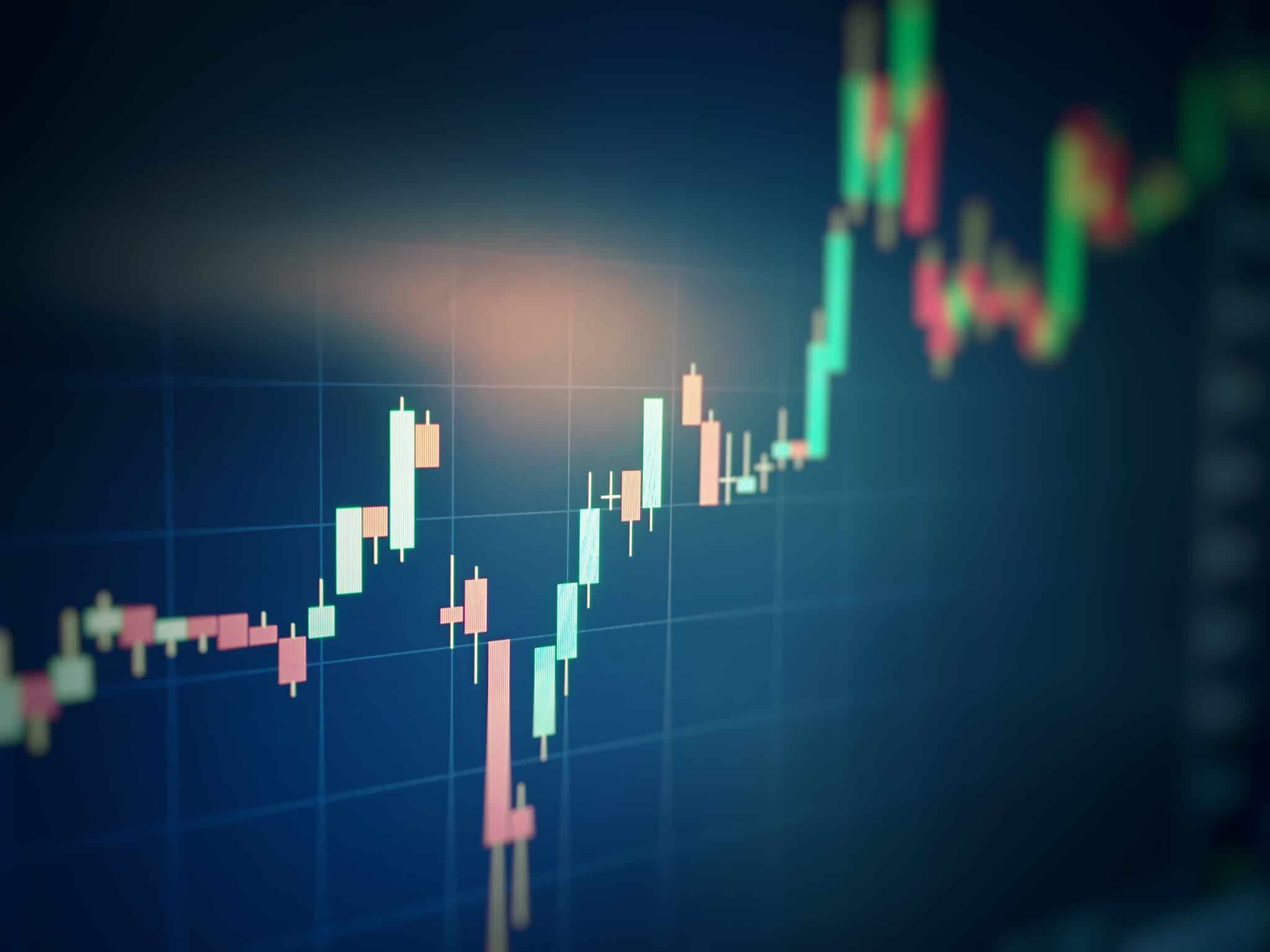

Now, to better understand the elements of a candlestick, let’s take the following situation: These terms are part of the lingo finance guys speak with each other to exclude other human beings from their conversations.īULL: A trader speculating on price increase.īEAR: A trader speculating on price decrease.Ĭonsequently, a bullish candle marks a period of price increase, while a bearish candle does the exact opposite.Ī period simply refers to the time frame you watch.įor example, on the weekly chart, one candle contains a week’s worth of price data. So, let us break it down for you.įirst of all, what are bullish and bearish candles? There’s A LOT to digest from this picture. Referred to as the Tokugawa period, this was a prosperous and peaceful era that opened up several new opportunities, including a centralized marketplace for rice trading.Īccording to Steve Nison, author of Japanese Candlestick Charting Techniques, much of the credit for candlestick development and charting goes to a legendary rice trader named Homma who made a boatload of money using candlestick analysis.Īlthough his original ideas were probably refined over the years, the trading principles he developed became the basis of modern candlestick methodology that we use today. That is, until three remarkable generals successfully unified Japan by the early 1600s.Īs it usually happens in such cases, it was just one of them who eventually became the shogun and whose family ruled unified Japan from 1603-1867. Instead, there were incessant wars between feudal lords for the control of neighboring regions. In fact, it’s called Japanese candlestick charting, to be precise.įrom 1500 to 1600, Japan consisted of several provinces, but there wasn’t a single unified country as it is now. Now, with the others who decided to stick with us here, let’s see what happened in Japan during the late 1500s to the middle 1700s.īecause candlestick charting originates from Japan.
#JAPANESE CANDLESTICK CHARTING FREE#
So, if you’d rather go straight to the point, feel free to skip this part. This is just a brief history lesson for those who’re interested. This guide will teach you everything you need to know about candlesticks.Īnd a cool infographic that we’ve never shared anywhere else before. If your knowledge on this topic is either inadequate – or missing entirely – you may not be able to understand what the market is actually telling you. This is especially true for the visually appealing candlestick charts. The fact is, even if your trading knowledge is great, you could still be losing money by neglecting one simple thing.Ĭharts act as a window into the psychology of people. Or do you struggle to make money even in a demo account? Does your trading bring in an embarrassingly small amount of money?


 0 kommentar(er)
0 kommentar(er)
